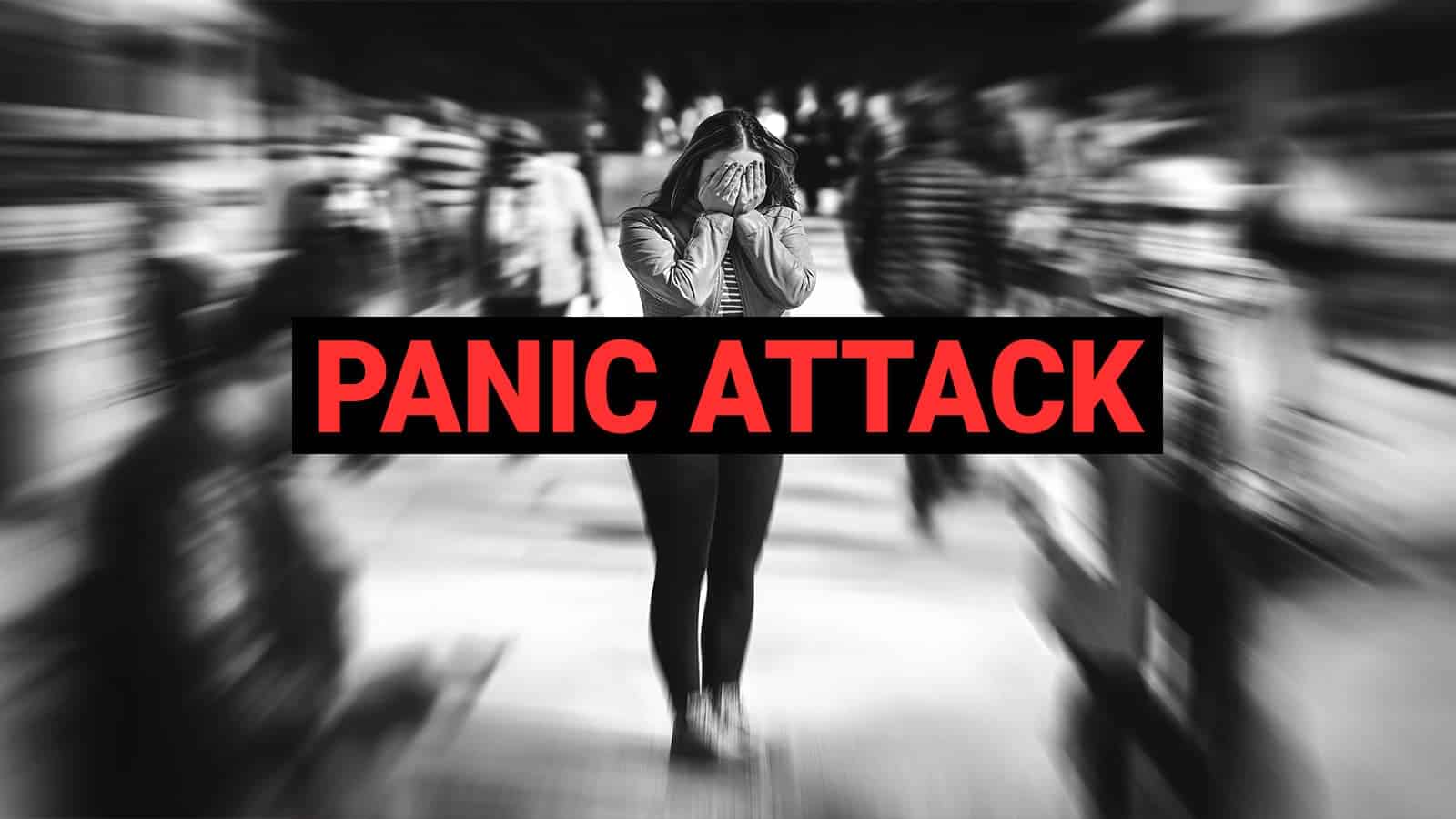Step 1: Learn the facts
Panic attacks are brief episodes of fear that are so powerful that they trick you into believing you are dying, going crazy, or losing control. You might be surprised to hear that panic attacks are NOT dangerous at all. There are evolutionary reasons for experiencing panic sensations. When you are in a dangerous situation, the experience of fear sharpens your senses, quickens your thinking and activates your fight-or-flight response. When our fight-or-flight response is activated, we were more likely to survive and reproduce. While we now rarely are in dangerous situations (like a at risk for being attacked by a tiger), our anxiety response still ramps up when we perceive any danger, real or imagined.
The following are symptoms you may have during a panic attack and the initial reasons why:
- Hyperventilation or fast breathing. By breathing faster, your body can supply your muscles with more oxygen (helps you run faster to escape a predator).
- Heart palpitations or racing, pounding heart. Your body has released adrenaline and your heart is pumping faster to increase blood flow to your muscles (helps you run faster to escape the predator).
- Feeling Pale or Cold (especially in your hands and feet) –Your body is pulling blood away from the skin and your extremities to redirect it to the areas needed for escape (arms, legs, eyes, ears, and nose). The body is preparing to think quickly and be aware of threats by hearing, seeing and smelling things better.
- Sweating – Sweat cools your body to prevent exhaustion when escaping from a predator.
- Dry mouth or abdominal distress – Your body decreases salivation and redirects blood away from your digestive functions to save energy.
Panic attacks can occur in the absence of a real physical threat. There are a variety of circumstances that can trigger your body’s panic response and initiate the symptoms above. For example, panic attacks can occur in response to social stressors, hardships at the workplace, or relationship struggles. They can also come “out of the blue”, or from a physiological change (like caffeine).
Therefore, regardless of whether you see a bear, are about to confront your boss, or get in a sauna, your body may interpret your situation (or the physiological change) as a threat, and trigger a panic sensations to provide you with a chance to escape.
Step 2: Retrain how you breathe
Although panic attacks evolved as a tool to escape danger, in our current society, being in constant panic is debilitating and, arguably, no longer useful. A key component to help prevent panic attacks is to control your breathing. Therefore, practice the following breathing technique when you are not anxious, twice a day, for 20 minutes.
Breathing Technique:
- Place one hand over your heart and the other on your abdomen.
- Take a deep breath and fill your abdomen. Notice your hand raise as you expand your abdomen with air. Simultaneously, try to reduce breathing from your chest area.
- Keep your breathing smooth and slow. Do not fight for air as less is more in this exercise.
After a week or two of daily practice, you can utilize abdominal breathing when you are faced with anxiety. It will help settle the physiological sensations of anxiety.
Step 3: Become Desensitized to your Symptoms
In order to become desensitized to your symptoms, you need to create a safe environment that mimics the symptoms of a panic attack while simultaneously practicing the new breathing technique and reminding yourself that your sensations are not dangerous. To do this, you need to create an environment to help mimic the fight or flight response. Examples include:
- breathing rapidly through a straw
- putting your head between your legs and quickly sitting up
- spinning around in a chair to become dizzy.
- going into a sauna
- running up a flight of stairs
- drinking coffee
This step should be practiced after completing the above steps. Start with 30 seconds to a minute. Upon completion of the exercise, you will want to practice your new breathing technique. You also want to remind yourself of the survival purpose of each symptom. Repeat this exercise.. Once you have gone through more than a minute without intense anxiety, you can increase the amount of time of the exercise.
Step 4: Face Your Fear
This step should be practiced after completing the above steps.
Expose yourself to places or situations that previously triggered an attack, now with your new tools. Examples include going to a movie theatre, or taking a drive in the car. Upon entering your feared situation, you will want to practice your new breathing technique. You also want to remind yourself of the survival purpose of each symptom, rather than fearing the sensations.. Maybe the first time, you have a friend in the car. The next time you do it drive for a short amount of time alone. And finally, once your anxiety level is low from those, you can go for a long drive, or sit through an entire move.
Conclusion
If you practice these steps above, your body is less likely to trigger the fight or flight response during times of stress, panic or anxiety and will find that your panic attacks have lessened or even stopped occurring.
Article written by psychotherapists of Group Therapy LA. This private practice is for individuals who want to live the deeply fulfilling, authentic life they deserve!
